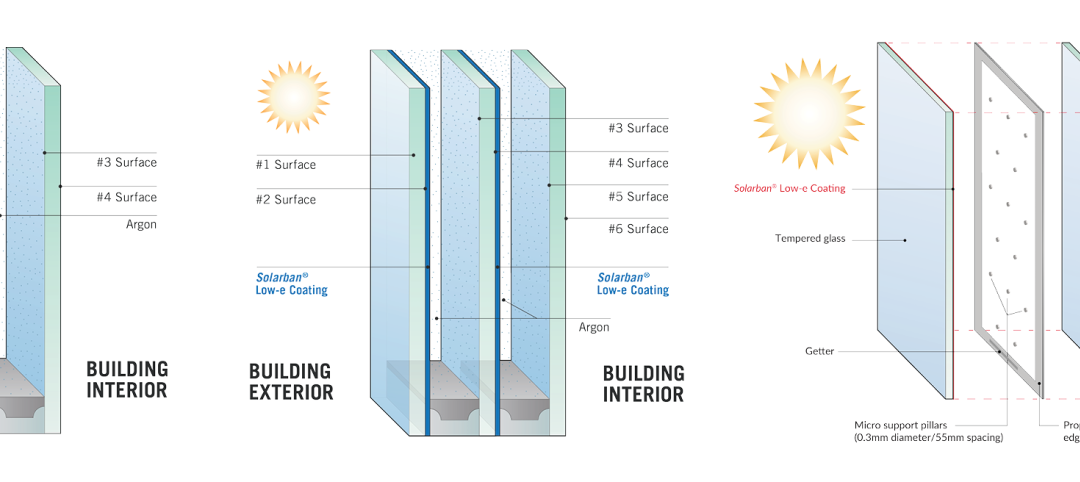For the past five years, Google has been running its own Healthy Materials program, which evaluates products for their potential health risks to employees.
That program worked fine when Google was just renting space and only had to worry about things like off gassing from furniture or paint. But when the search engine giant got into ground-up construction, “we were running into a lot of commodities” whose content wasn’t always transparent, says Drew Wenzel, Google’s campus design technical specialist. Consequently, the company wasn’t getting answers about products fast enough to make informed design, construction, and cost decisions.
“We tried to do this ourselves on one big project, and then asked ourselves if there was a better way,” says Wenzel.
That better way, he believes, is the Quartz Project, a year-long collaborative effort that Google entered into with Healthy Building Network, think step (a sustainable software provider), and Flux. Quartz Project is providing what it touts to be the AEC industry’s first free and open-source initiative that brings health and environmental information on 100 building products into a single database.
“Too many design decisions are still being made without the benefit of this information,” Drew tells BD+C. This database, he explains, allows designers and engineers to incorporate the data into existing analytical and design tools.
The Quartz Project launched its database at the VERGE 2015 conference in late October. Since then, “there’s been a lot of excitement in the AEC community” about the product, says Vivian Dien, a product manager for Flux and its Quartz Project Lead. The collaborative will be giving demos of its portal at Greenbuild in Washington D.C. next week.
This database offers product profiles for 100 commonly used building materials, from acoustical ceiling panels to XPS insulation. The information for each product includes its general composition, impurities, health profile (the product’s various health risks as a percentage of its total content weight), and environmental profile (such as Cradle-to-gate LCA results, end-of-life treatment, and so forth).
Dien says Healthy Building Network did an extensive scan of existing research and information to assemble this database. HBN was also charged with vetting the information.
The main value of this database, say Dien and Wenzel, is aggregating and standardizing product data into an open-source environment. They are quick to note, though, that the Quartz Project has avoided assigning specific health risks to individual products. “The risk portion needs to be carefully thought out,” says Wenzel. “We hope that software engineers will look at this database to develop tools that can integrate this information into a Revit model to have conversations early in the design process.”
They also see this database as a “benchmark,” which can be used to understand a product’s health baseline and to track improvements.
The Quartz Project is the industry’s latest effort to bring greater transparency to product content. Other prominent groups in this arena include the Health Product Declaration Collaborative, an open-standard format for reporting material content and potential health hazards; and The Cradle-to-Cradle Institute, with its five levels of certification for products as they travel a path to meet the organization’s criteria for material health, reutilization, renewable energy and carbon management, water stewardship, and social fairness.
Wenzel views those other sources as “predominantly” for products “that are unique or highly controlled.” Whereas the primary purpose of the Quartz Project’s database, he says, is as “an early-phase design tool.”
Related Stories
Building Enclosure Systems | Oct 30, 2024
Winners of Building Envelope Innovation Prize focus on secondary glazing
The U.S. Department of Energy (DOE) recently announced the winners of the first phase of the Building Envelope Innovation Prize. The prize targets high-performance, cost-effective secondary glazing systems to improve efficiency of commercial windows.
Brick and Masonry | Oct 7, 2024
A journey through masonry reclad litigation
This blog post by Walter P Moore's Mallory Buckley, RRO, PE, BECxP + CxA+BE, and Bob Hancock, MBA, JD, of Munsch Hardt Kopf & Harr PC, explains the importance of documentation, correspondence between parties, and supporting the claims for a Plaintiff-party, while facilitating continuous use of the facility, on construction litigation projects.
Building Materials | Aug 19, 2024
Federal 'buy clean' construction materials label program unveiled
The U.S. Environmental Protection Agency announced a plan for implementing a new label program to boost American production of more climate-friendly construction materials and products. The label program will prioritize steel, glass, asphalt and concrete.
Glass and Glazing | Aug 16, 2024
The next generation of thermal glazing: How improving U-value can yield energy savings and reduce carbon emissions
The standards for energy-efficient construction and design have been raised. Due to the development of advanced low-e coatings for the interior surface and vacuum insulating technologies, architects now have more choices to improve U-values wherever enhanced thermal performance is needed to create eco-friendly spaces. These options can double or even triple thermal performance, resulting in annual energy savings and a positive return on carbon.
Sustainability | Aug 14, 2024
World’s first TRUE Zero Waste for Construction-certified public project delivered in Calif.
The Contra Costa County Administration Building in Martinez, Calif., is the world’s first public project to achieve the zero-waste-focused TRUE Gold certification for construction. The TRUE Certification for Construction program, administered by Green Business Certification Inc. (GBCI), recognizes projects that achieve exceptional levels of waste reduction, reuse, and recycling.
Products and Materials | Jul 31, 2024
Top building products for July 2024
BD+C Editors break down July's top 15 building products, from Façades by Design to Schweiss Doors's Strap Latch bifold door.
Smart Buildings | Jul 25, 2024
A Swiss startup devises an intelligent photovoltaic façade that tracks and moves with the sun
Zurich Soft Robotics says Solskin can reduce building energy consumption by up to 80% while producing up to 40% more electricity than comparable façade systems.
Great Solutions | Jul 23, 2024
41 Great Solutions for architects, engineers, and contractors
AI ChatBots, ambient computing, floating MRIs, low-carbon cement, sunshine on demand, next-generation top-down construction. These and 35 other innovations make up our 2024 Great Solutions Report, which highlights fresh ideas and innovations from leading architecture, engineering, and construction firms.
Building Technology | Jun 18, 2024
Could ‘smart’ building facades heat and cool buildings?
A promising research project looks at the possibilities for thermoelectric systems to thermally condition buildings, writes Mahsa Farid Mohajer, Sustainable Building Analyst with Stantec.
Concrete Technology | Jun 17, 2024
MIT researchers are working on a way to use concrete as an electric battery
Researchers at MIT have developed a concrete mixture that can store electrical energy. The researchers say the mixture of water, cement, and carbon black could be used for building foundations and street paving.

















